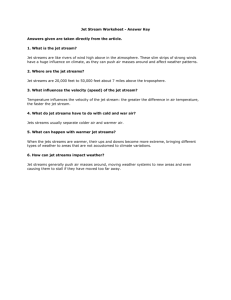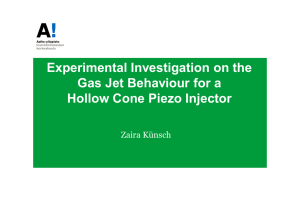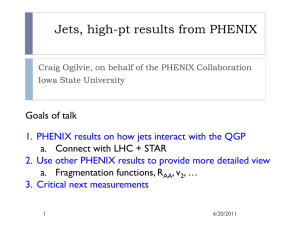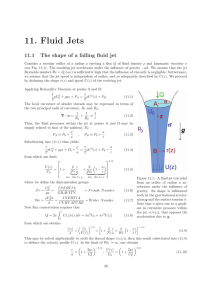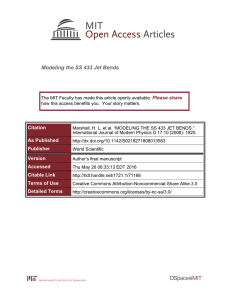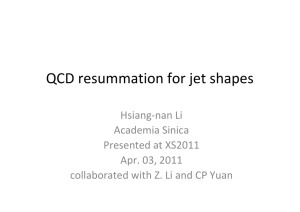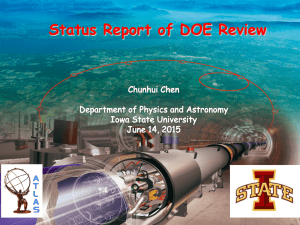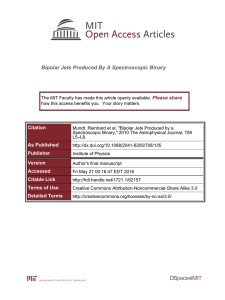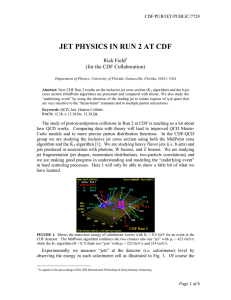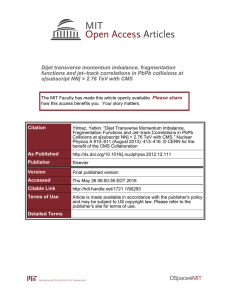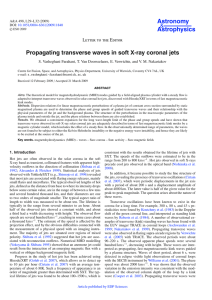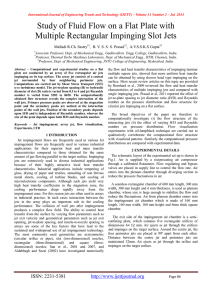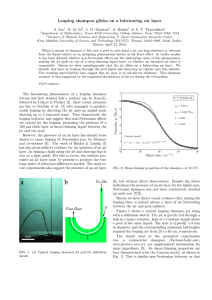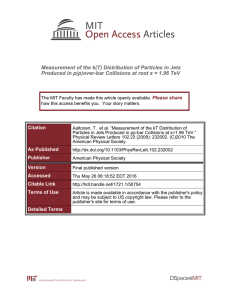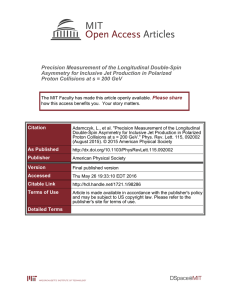07s Learning Curve
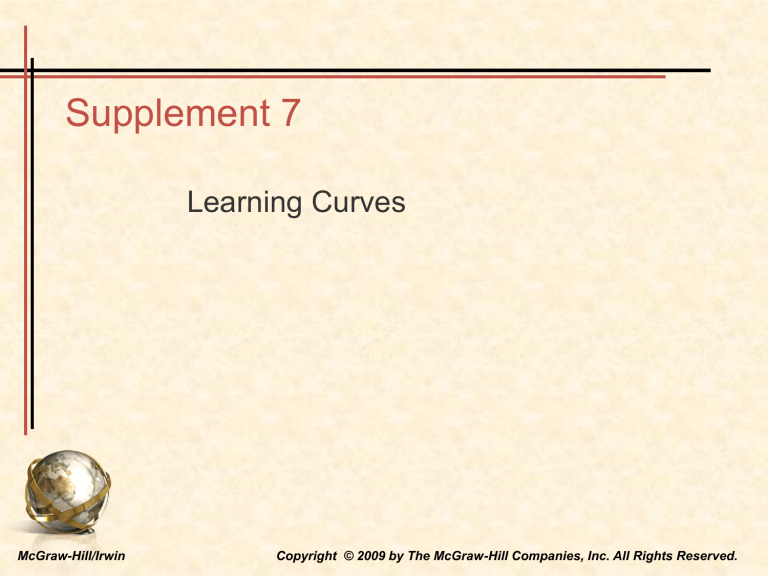
Supplement 7
Learning Curves
McGrawHill/Irwin Copyright © 2009 by The McGraw-Hill Companies, Inc. All Rights Reserved.
LC estimates (SLOPE):
•
Every doubling of repetitions results in a constant percentage decrease in the time per repetition Typical decreases range from 10 to
20 percent
10% of Improvement Rate
= 90% of Learning Curve Slope
= 90% of Learning Percent
7S-2
LC estimates (SLOPE):
• T
2n
= Learning Percent x T n
T
22
= Learning Percent x T
11
T
11
= T
22
/ Learning Percent
Learning Percent = T
22
/ T
11
T n
= Time for n th unit
7S-3
Learning
7S-4
The Learning Effect
7S-5
Learning Curves: On a Log-Log Graph
7S-6
The Learning Effect
7S-7
Learning Illustrated
• Each time cumulative output doubles, the time per unit for that amount should be approximately equal to the previous time multiplied by the learning percentage.
• If the first unit of a process took 100 hours and the learning rate is
90%:
Unit
1
2
4
Unit Time (hours)
= 100
.90(100) = 90
.90(90) = 81
8
16
.90(81) = 72.9
.90(72.9) = 65.61
32 .90(65.61) = 59.049
7S-8
Unit Times: Formula Approach
T n
T
1
n b where
T n
Time for n th unit
T
1
Time for first unit b r
ln r ln 2
learning rate percentage ln stands for the natural logarithm
7S-9
Example: Formula Approach
• If the learning rate is 90%, and the first unit took
100 hours to complete, how long would it take to complete the 25 th unit?
T
25
100
25 ln .90
ln 2
61.3068 hours
100
25
Or, Check table 7s.1 (PAGE 264)
.15200
T
25
= T
1 x ( )
.90, 25
T
25
= 100 x .613 = 61.3 hours
7S-10
Unit Times: Learning Factor Approach
• The learning factor approach uses a table that shows two things for selected learning percentages:
– Unit value for the number of repetitions (unit number)
T n
T
1
Unit time factor
– Cumulative value, which enables us to compute the total time required to complete a given number of units.
T n
T
1
Total time factor
7S-11
Example: Learning Factor Approach
• If the learning rate is 90%, and the first unit took
100 hours to complete, how long would it take to complete the 25 th unit?
T
25
100
.
613
61 .
3 hours
• How long would it take to complete the first 25 units?
T
1
25
100
1 7 .
713
1 , 771 .
3 hours
7S-12
eg : learning rate is 80%, T
1st Jet
= 400 Days a.
Estimate the expected number of labor days of direct labor for the 20th jet.
• T
20
= T
1 x
( )
.80, 20
T
20
= 400 x .381 = 152.4 Days b.
Estimate the expected number of labor days of direct labor for all 20 jets.
• T
1-20
= T
1 x ( )
.80, 1-20
T
1-20
= 400 x 10.485 = 4194 Days
Avg Days/Jet = 4194 days / 20jets = 209.7 days/jet
7S-13
Eg : learning rate is 80, T
1st Jet
= 400 Days c.
If the company expects a contribution to overhead & profit of $150/day on top of a labor cost $200/day, what should be the Total Price Quote?
•
T
1-20
= 4194 Days Charge per day=150+200=350
Total price quote = $350 x 4194days = $1467900 d.
If the company expects a contribution to overhead & profit of $150/day on top of a labor cost $200/day, what should be the Unit Price Quote?
•
Unit price quote = $1467900 / 20jets = $73395
7S-14
Eg : learning rate is 80, T
1st Jet
= 400 Days e.
Estimate the expected number of labor days of direct labor for jet 10 through jet
15.
•
T
1-15
– T
1-9
= T
1 x ( )
.80, 1-15
– T
1 x ( )
.80, 1-9
= 400 x 8.511 – 400 x 5.839
= 400 x (8.511 – 5.839) = 1068.8 Days
7S-15
Eg : learning rate is 80, T
1st Jet
= 400 Days f.
If the total labor cost of 20 jets is $1467900 , what should be the total labor cost for 30 jets and the average cost per unit?
•
T
1-20
= 4194 Days
•
$1467900 /4194days = $350/day
T
1-30
= 400 x 14.020 = 5608 Days
Total labor cost =$350 x 5608days=$1962800
•
Avg cost/unit =$1962800/30Jets=$65426.70
7S-16






